This is the summary of our travel itinerary in Cabo Verde from the 15th of January till the 12th of April 2019. We visited 7 out of 9 inhabited islands in Cabo Verde during 88 days. To stay that long, we had to extend our visa on the ground. We’re Digital Nomads, meaning we work and travel at the same time. This also means that we don’t see everything on every island since we spend about one-third of our days working from our apartments. If you’re looking for tips on how to work while traveling in Cabo Verde, check out our Digital Nomads Guide. This post exists mostly for documentary reasons, but if you find any inspiration/ideas for your own trip to Cabo Verde in this post that’s an awesome side effect! Click here for our highly recommended Cabo Verde packing list.
Contents
Arrival Flight
We flew in from Lisbon Portela Airport (LIS) to Amílcar Cabral International Airport (SID), named after the man who led Cabo Verde’s independence movement. We flew TACV, which is Cabo Verde’s national airline that operates international routes. Even though we were flying hand luggage-only, we had to go to the desk to do the check-in as it couldn’t be done online.
Icelandair operated the flight with quite a large plane. It looked fully-booked and we had quite some troubles finding a space for our backpacks. We flew over Tenerife of the Canary Islands around sunset, which was the only land I saw from my window seat between Lisbon and Espargos.
Sal
From 15 – 23 January (8 days)
Santa Maria
From 15 – 20 January (5 days)
We arrived pretty late in the evening at Amílcar Cabral International Airport. With our EASE at the ready, getting through immigration wasn’t so hard. We got cash at the airport ATM and took the taxi to Santa Maria (aka ‘the tourist epicenter’ of Cabo Verde) that our hosts had arranged. It was dark, so after arriving we only went outside and into town to get some food (excellent pizza!) and then returned to our apartment.
We spent the next days getting a Cabo Verdean SIM card, enjoying the beach, drinking caipirinha’s, floating in a salt bath, and getting ripped off while buying sunscreen. Our apartment didn’t have WiFi included in the price, so we could only work once our phone internet was set up. We once visited the police station to ask whether we could extend our visa, but we were told to go to Espargos.
Espargos
From 20 – 23 January (3 days)
We tried to hitchhike to Espargos, but that didn’t really work out. Too many taxis, not enough private vehicles. We arrived at the Airbnb in the afternoon. It was a little outside the center, but a very nice place. Our hosts offered to make us (vegetarian/vegan) Cachupa (Creole: Katxupa), which was both very delicious and highly appreciated.
We hitchhiked to Palmeira after work one afternoon and hiked to Pedra de Lume another afternoon. Espargos felt a lot more relaxed and casual. That’s because people just live and work there, and they do so in more industries than just tourism.
São Nicolau
Tarrafal (de São Nicolau)
From 23 January – 2 February (10 days)
We flew with Binter to São Nicolau – a 35-minute flight. Our next host offered to pick us up, which meant driving to the Preguiça on his motorbike and arranging a taxi for us there .
We stayed in one accommodation for the whole 10 days, and it was one of our favorites. São Nicolau island was also one of our favorite islands. We rented a quad for one day and had a blast of a time, hiked up Monte Gordo, hiked to Ribeira Funda (population: 1), hitchhiked a few vehicles, went as far east as Juncalinho, and had a really tough time saying goodbye to the island. We left for São Vicente by Fast Ferry.
São Vicente (1st time)
Mindelo
From 2 – 9 February
The ferry was late, and the journey long and bumpy. A majority of passengers got seasick, including my partner. If not for the constant sounds of dry-heaving and the smell of vomit, I had a jolly good time aboard. We arrived in Mindelo after darkness and got to our apartment by taxi. It took some time for Jonas to recover.
We prioritized getting our visa extension in Mindelo, in which we finally succeeded. The first sounds of Carnaval echoed in the streets at night. We sometimes ran into a pre-Carnaval parade in the daytime. I’m terribly frightened of large crowds, so we often hid in a pizza- or cachupa establishment.
We rented a 50cc scooter one day and made a tour of the main roads of the island. It was fun, but the machine itself wasn’t really powerful enough for our liking. We got quite a lot of work done from Mindelo and ran a backup of our computers on a pre-paid 50GB internet package, which was very necessary.
Santo Antão
From 9 – 26 February
Porto Novo
From 9 – 16 February
We arrived in Porto Novo on Santo Antão with the Fast Ferry. It was a short trip of only 30 minutes and nobody turned their insides out, which was pleasant. The back doors were even open so you could stand in the fresh air during this short crossing of the Canal de São Vicente.
The Carnaval preparations became louder and louder. On Sundays, (mostly) kids would wear kind of creepy masks in the streets. Groups as such comprising only of boys would sometimes approach us and beg or something. Very unpleasant.
Porto Novo itself is a nice town not for its beaches, but for its supermarkets and availability of information. We did a lot of work from our nice apartment, which was in a fairly new building. Apparently, we lived next door to the mayor of Porto Novo.
One day took aluguers to Ribeira da Cruz and hitchhiked back. Another day, we rented a 4WD car to do the trip from Porto Novo to Tarrafal de Monte Trigo and some other places. People were working on the road to Tarrafal de Monte Trigo, and hopefully, they’ll have a non-4WD track to the village very soon. On this trip, we also had good views of Topo de Coroa, which is at 1979masl the highest point of Santo Antão.
Caibros/Boca de Ambas Ribeiras
From 16 – 18 February
We canceled this place after two nights because we didn’t receive what we were promised. While the surrounding areas are incredibly beautiful, some of the trails were in not-so-great conditions. This plus the lack of facilities nearby meant that we couldn’t wait to get out of here to the nearby larger Ribeira Grande.
Ribeira Grande
From 18 – 26 February
This was my favorite city and accommodation in all of Santo Antão. There were many nice restaurants and shops nearby and it wasn’t super busy. One foreign-owned place also prepared vegan and vegetarian meals, which I appreciated highly. And somehow, Ribeira Grande has a great pizza scene.
From Ribeira Grande it was very easy to visit other key sites of interest like Ponta do Sol, Fontainhas, (Vale de/Cova de) Paul, Pico da Cruz, etc. The downside of doing these day trips is that they’re the biggest ones in Santo Antão and very touristy. Especially along the route that leads from Ribeira Grande to Cova de Paul, aluguer drivers would often massively overcharge the fare just because they could. While this was an exception in the whole country, it did meddle with our impression of the area.
We were both quite happy with what we got done on the work-front from our fancy holiday house in Ribeira Grande. The owners arranged an aluguer for us to make the trip back to Porto Novo and directly connect back to the ferry to São Vicente. A very smooth experience.
São Vicente (2nd Time)
Mindelo
From 26 February – 4 March
We took the Naviera Armas ferry back to São Vicente, which was actually a much better experience than the Fast Ferry. It’s largely open-deck, so you can smell the fresh air and enjoy the sunshine. This particular ship named ‘Mar d’Canal’ used to sail between – correct me if I’m wrong! – La Gomera and Tenerife in the Canary Islands, Spain. The ship sails at about half the speed of the Fast Ferry, so the whole journey is a lovely 55 minutes. And we had mobile internet reception for the whole trip.
Back in Mindelo, we checked in to our new apartment. A very nice one! Everything was kind of familiar in Mindelo, which has its advantages. We did more work and several day trips, including a hitchhiking trip to the peak of Monte Verde and a hike to the beautiful lighthouse close to Santo André. We spent the last days visiting the very pleasant Praia da Laginha floating in the sea and drinking caipirinhas. Mindelo isn’t so bad!
Fogo (1st Time)
São Filipe
From 4 – 11 March
We flew from São Vicente to Fogo via Santiago island. Since the Binter Cabo Verde fleet only comprises three airplanes, they have this system where all three planes meet in Santiago (at least) once a day to make the layovers more simple and presumably more efficient. We already saw the peak of Fogo on our flight from São Vicente to Santiago, but got even better views on the short flight from Santiago to Fogo.
We stayed in São Filipe for one week. It’s a very pretty town that has been both well-preserved but also definitely patched up. Every day, aluguer drivers would advertise their trip to Chã das Caldeiras. We’d save going to the caldera and volcano till after Brava.
I enjoyed our apartment very much, but Jonas liked it less. We tried to buy tickets for the ferry to Brava almost every day in São Filipe, but the ticket office was always closed due to some Carnaval event or another – which apparently was the last of it. Once we did a ‘far away’ day trip to Mosteiros. There someone managed to sell us a damn return ticket to Brava.
Mosteiros really isn’t as nearby as it seems on the map. The panic of thinking we won’t make it back to São Filipe before nightfall really got to us, but we managed to hitch a pickup truck rented by tourists either way. We did some hikes in the area and sampled some of the local restaurants, but none of the businesses were as reliable as the restaurant/hotel/tour office of Zebra Travel. It didn’t really matter what you were looking for: Zebra always had it in stock and they never sold us “no can do”. They even had this rare thing called draught beer.
Brava
Nova Sintra
From 11 – 20 March
The ferry ride to Brava was very late in the evening. The sun had set before we even embarked. Fast Ferry delivered us to Brava in 40 minutes of smooth sailing. Jonas felt confident about the short ride, so I one-upped him by ordering a cup noodles from the (rarely ever) open kiosk. It was bloody hot and we were nearly docking, so I had to hasafasha it all the way – 3/10 wouldn’t do it again.
We arrived at our accommodation in Nova Sintra pretty late, but the welcome was very nice. It had breakfast included – which is usually not our favorite thing because it messes with working – and left to hike up Fontainhas directly after breakfast the next morning. We also had a functional kitchen and fridge inside the suite so we could prepare our own meals. Oh, and the balcony was so incredibly nice.
Nova Sintra is again a really nice town. I had to add a lot of businesses to the OSMand+ offline map because it was very incomplete. The two reliable places in Nova Sintra are Bar Restaurant Luanda and the restaurant of Hotel Cruz Grande. Especially Luanda was our main food place to go. We tried to get one last ferry ticket for me from Fogo to Santiago at the official Fast Ferry office, but again couldn’t get it done. Then we got the tip that Hotel Cruz Grande also sold ferry tickets, so we followed up and walked out with a ticket in 5 minutes.
We held up a ‘one day work, next day trip’ schedule for the whole nine days. Other days, we hiked to nearby Santa Bárbara and Mato grande, visited Fajã d’Agua and its defunct airport, or hiked to the lighthouse Ponta Jalunga from Nova Sintra and returned from Furna. Brava is in tight competition with São Nicolau to be our favorite island. So tiny, so precious!
Fogo (2nd Time)
From 20 – 25 March
São Filipe
From 20 – 21 March
We arrived back in Fogo very early with the Brava ferry. Unfortunately, the seas were a bit rough. Jonas barely made it, mostly because I lied about how close we were to docking. It was borderline. We booked a place in a fairly cheap hotel near the ferry terminal.
This time, we’d finally visit Chã das Caldeiras and see the peak of Fogo. Maybe even hike it up. We met some people at the hotel eating breakfast who were ready to take the aluguer to Chã das Caldeiras. Apparently, it would have been possible time-wise to take the ferry from Brava to Fogo and still make it in time for the morning aluguer to the caldera.
And then the electricity popped out. We waited for it to come back, but that didn’t happen. So we went into São Filipe to get our usual fare at Zebra and then returned to the hotel. Still no electricity. The owner panicked and suggested we’d be housed elsewhere. We inquired more into what the place was like, and decided against it for the fear it would be like Caibros/Boca de Ambas Ribeiras in Santo Antão. So we said we’d stay in the hotel without electricity for half the price, which was OK. The next day we took the aluguer out of São Filipe.
Chã das Caldeiras/Portela
From 21 – 23 March
Even though all the travel guides warned that Chã das Caldeiras wouldn’t have electricity, that was a lie. The hardened inhabitants and entrepreneurs of Chã das Caldeiras are nifty as heck and very adaptable. Almost every accommodation or private house had solar panels installed on the roof. Completely off-grid. CVTelecom provided the mobile internet and there you go. It wasn’t fancy, but everything worked. We enjoyed lunch, walked around Bangaeira and Portela the first day, and signed up for a hike to the peak for the next morning over dinner.
But it was windy. The whole night there was a proper storm raging outside our door. The outdoor furniture shifted in the nighttime and many random thuds kept me up at night. Before sunrise, we started our hike to the peak. The ascent would have been a little over 1000 meters and our guide called it off 400 meters below the summit. Too windy. Too much volcanic ash blown in our faces. Very dangerous as there were rocks falling down.
The hike got bait-and-switched with another hike through the caldera. It was fun, but not what we paid for. And all these trails were on my OSMand+ map already.
We enjoyed the rest of the day near our guesthouse to get clean and rest. On a walk through town, we saw that some brand new stuff like a beautiful pergola had been blown over like a house of cards. Of course, the wind simmered down towards the late afternoon, and people were suggesting to try for the peak again the next day. We weren’t interested anymore.
On our day of departure, we used the hours before the noon aluguer to hike along the Bordeira to the edge of the crater. There’s a natural park called Centro Monte Velha there and a trail that leads down to Mosteiros over a six-hour hike. We returned to our guesthouse after this pleasant hike to finish up our packing.
São Filipe
From 23 – 25 March
Back in São Filipe, we got dropped off at Zebra for some TLC (beer, pizza, and WiFi). Our aluguer driver forgot the handbrake and after we had gotten out, the vehicle slowly rolled into a tree. It felt like a metaphor for something, but I’m still not sure exactly what.
We returned to that same hotel without electricity. Mainly because of the amazing balcony. At some point, they managed to connect a generator and make it all work again. Upside: electricity. Downside: a shitload of noise.
We used our spare day to stay at Zebra and get some work done with provided snacks and supplies. Perhaps Zebra isn’t cheap, but it’s always open. The next day I’d take the Fast Ferry to Santiago and Jonas would do the same but with a Binter CV flight.
Santiago
From 25 March – 12 April
Praia (First Time)
From 25 March – 2 April
My sea journey was quite pleasant as it was flat as a mirror. The voyage was estimated to be around 4 hours in total, but it only took 3 and a half. Only a handful of people got seasick when the undulations increased, and they kept the doors fairly open to keep the ventilation going. I had mobile internet from both islands for most of the way. Jonas’ flight left later and overtook my arrival time. He flew over my boat and was early enough to go from the airport to the ferry terminal to pick me up with a taxi. Very romantic.
We stayed in a nice and spacious apartment in the neighborhood called Terra Branca for one week. Terra Branca itself has great restaurants and little shops nearby. The variety of products on offer in Praia was even bigger than we’d seen in Mindelo. The business Aki Si Trinka Un Lanxi in the embellished Rua d’Arte was our main lunch place after work. We also visited Cidade Velha/Ribeira Grande as a day trip (not a great success), Praínha beach and Maria Pia lighthouse, and the center of the political power of Cabo Verde in Platô.
We tried to rent a three-wheeled scooter from one of the many rental places, but they wouldn’t respond to us in time. The idea was to do a day trip around the island and/or try to reach the highest point of Santiago Island: Pico d’Antonia. Their loss.
Tarrafal
From 2 – 10 April
We took the aluguer from Praia to Tarrafal from Sucupira Market. The trip was 1.5 hours and quite alright even though we were a bit squeezed. We had great views of the Pico d’Antonia and other nearby peaks and drove through some very nice landscapes. The main road also passes through the Parque Natural de Serra Malagueta, which has a proper park entrance and parking lot for hikers.
In Tarrafal we checked into our guesthouse after some lunch with views of Tarrafal Bay. Again, we had a very spacious apartment. One day we attempted to hike to the Ponta Preta lighthouse, which we failed at due to a badly signed trail, high winds, and even a serious threat of rain We made contact with a Cabo Verdean-Swiss digital nomad named Milton who gave us the tip to go to Santiago Lounge Bar.
We made Santiago Lounge Bar our base of swimming, drinking caipirinhas, and eating Kapsalon for the rest of the week, along with pizza restaurant Alto Mira. Alto Mira was the only business where we found the delicious Strela Ego beer, which I’d highly recommend if you’re a beer lover. We researched going to Serra Malagueta park but eventually decided against going there. Our reason was that A) we were tired, and B) reviews from other people said that they were bullied into paying for a guide or harassed intimidated all along the trails when they opted out of getting a guide. So we worked on our Cabo Verde Digital Nomads Guide and our own projects. My mornings were for writing and the late afternoons for swimming and watching the sunset and the silhouette of Fogo. A proper holiday.
Praia (Second Time)
From 10 – 12 April
We returned by aluguer to Praia. Realizing this was our last aluguer ride, we both felt a sense of relief. Since it was only two days before our return flight, we booked a slightly fancier place with a swimming pool in the fancy diplomat neighborhood of Palmarejo in Praia. The residence of the US ambassador to Cabo Verde was next door, denoted by the asshole-vehicle parked in front of a building with US-American flags and lots of 24/7 security.
The nearby mall Praia Shopping had one of the Calú & Ângela chain supermarkets and a bunch of foreign food-places at the food court. That’s where we enjoyed our last caipirinhas with oceanview before packing up for our flight to Ponta Delgada . Once we went back to Platô to get one last cachupa, but they didn’t have any because of the music festival in the main pedestrian street (Rua 5 de Julho). So we maximized our use of the swimming pool and packed for our four-hour flight to the Azores.
The Return Flight
We took a €10 taxi to the airport, checked in our luggage, and exchanged the last escudos. We chugged a coffee and mönched a pastry that Jonas paid by card since we’d exchanged all our Cabo Verdean Escudos (CVE) – which was slightly clumsy. This was Jonas’ third time at Nelson Mandela International Airport and my second time. We boarded an almost empty SATA International (aka Azores Airlines) plane that was near-empty.
We flew over much of the archipelago, and from a window seat I could still spot Boa Vista (which I haven’t visited) and Sal, but unfortunately not Maio. The whole plane flew over São Nicolau island and from the other window, I spotted São Vicente and Santo Antão one last time. I got a bit sentimental even though I’d experienced enough of Cabo Verde and was looking forward much to the Azores.
The SATA flight to the Azores is actually a stopover flight. In Ponta Delgada, the flight forks to either Boston in the USA or to Lisbon in Portugal. Lots of people seemed to be going to the USA, as people were chatting in English and one guy unironically wore a MAGA hat – the first time I’ve seen one in the wild.
Save this Cabo Verde Itinerary for Later!
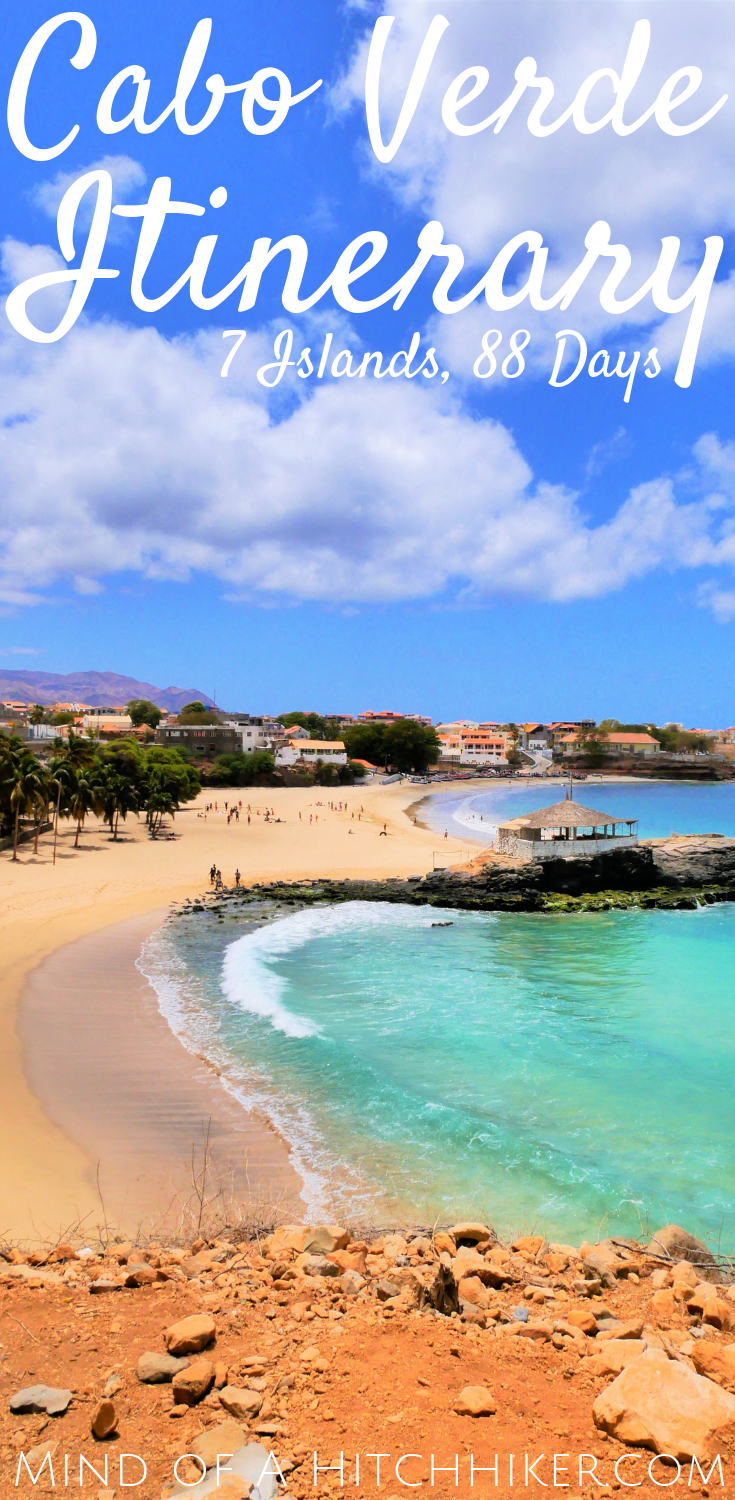

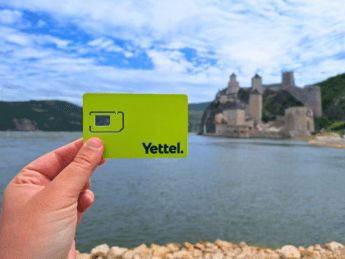

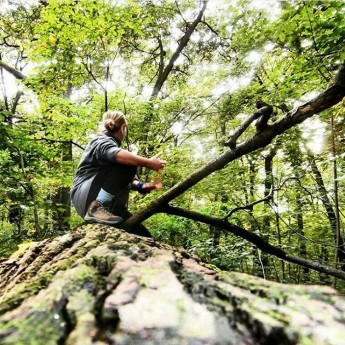
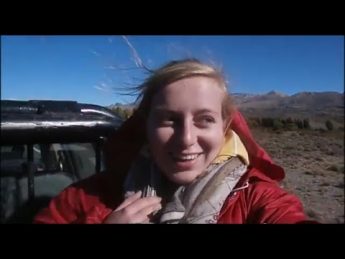
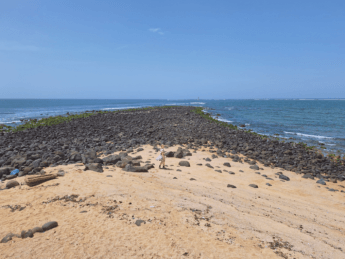
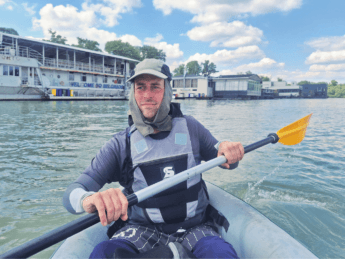
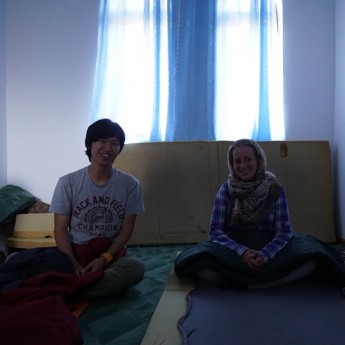

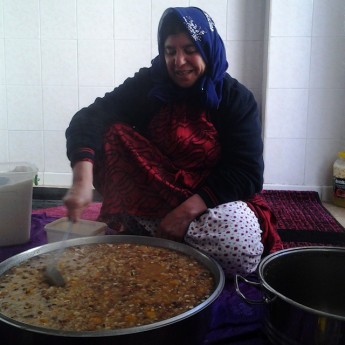
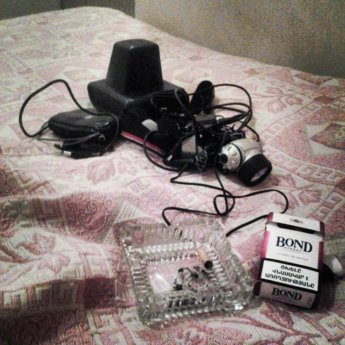
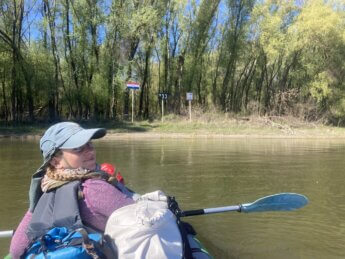

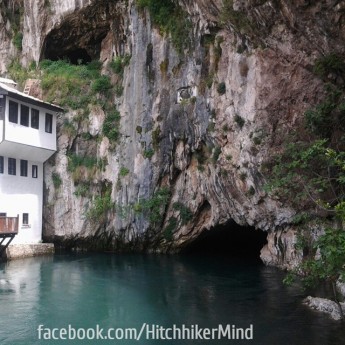
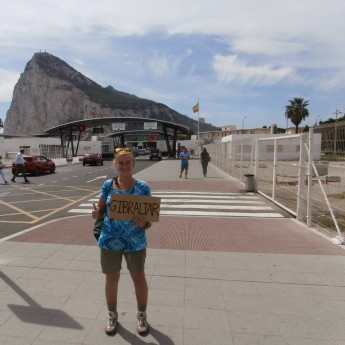

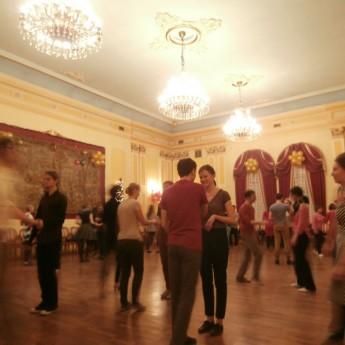

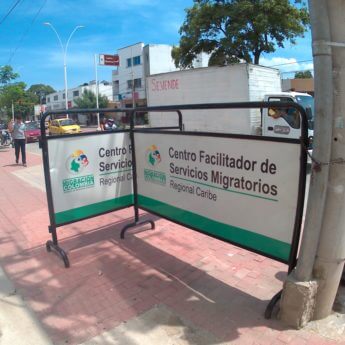

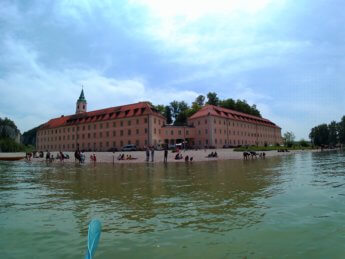
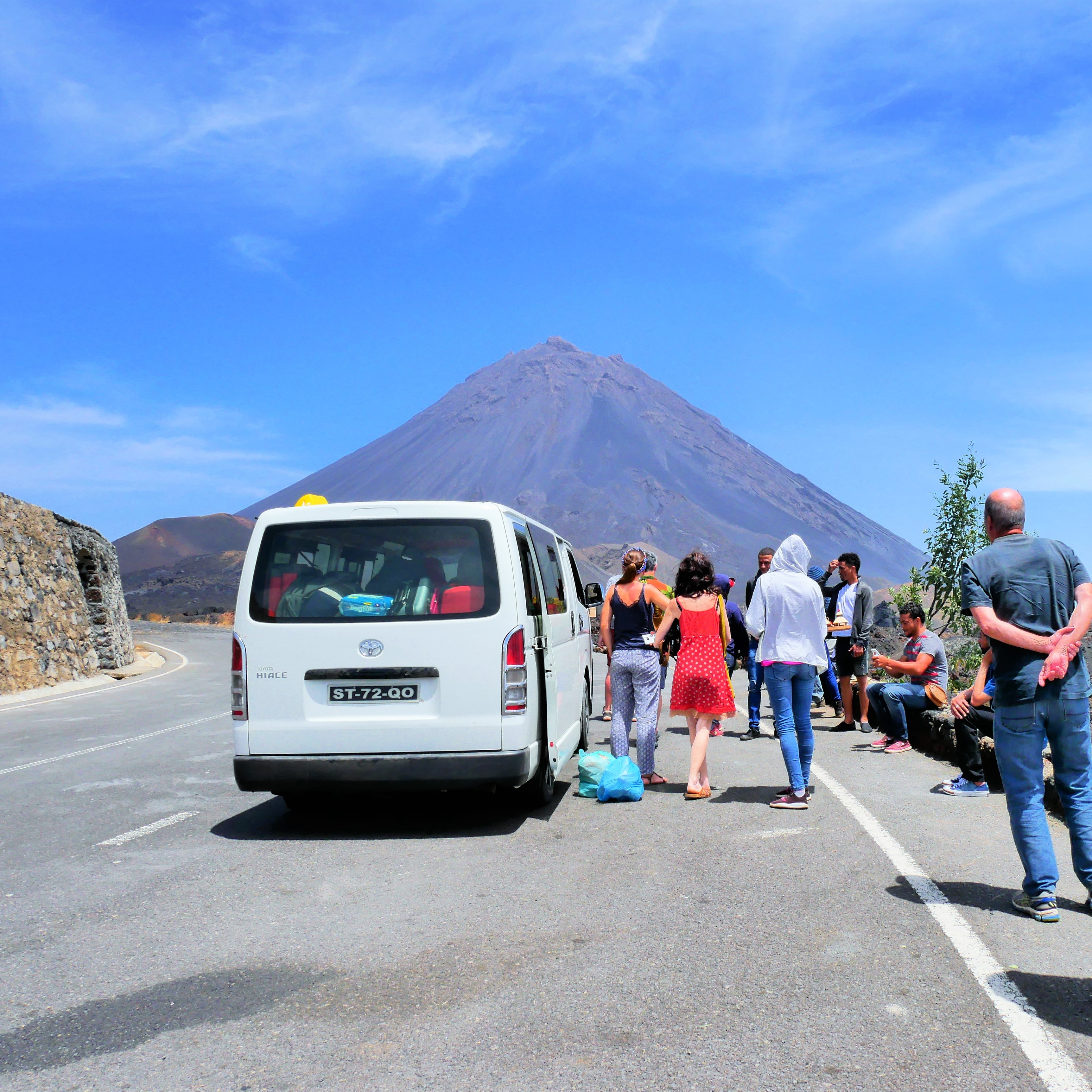
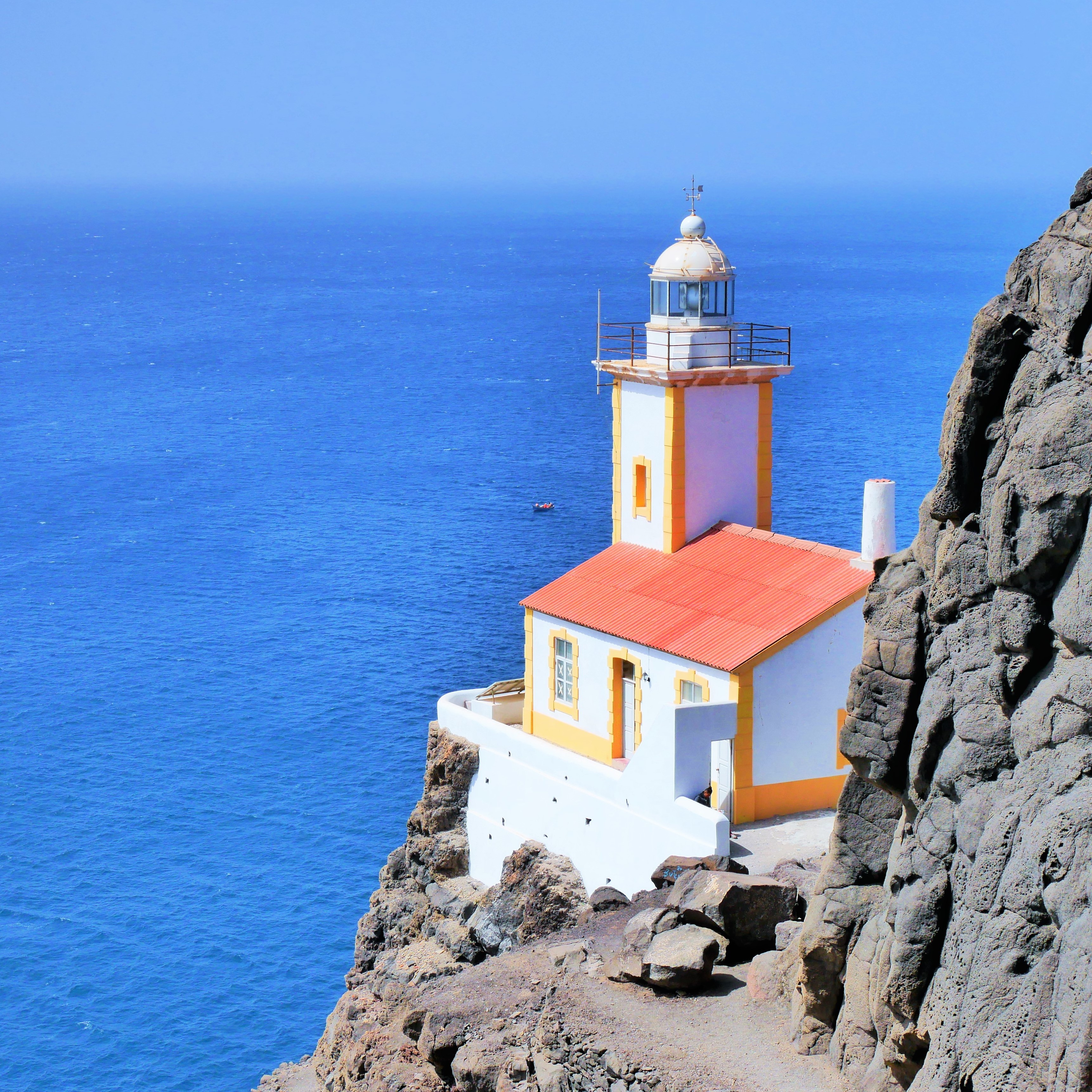
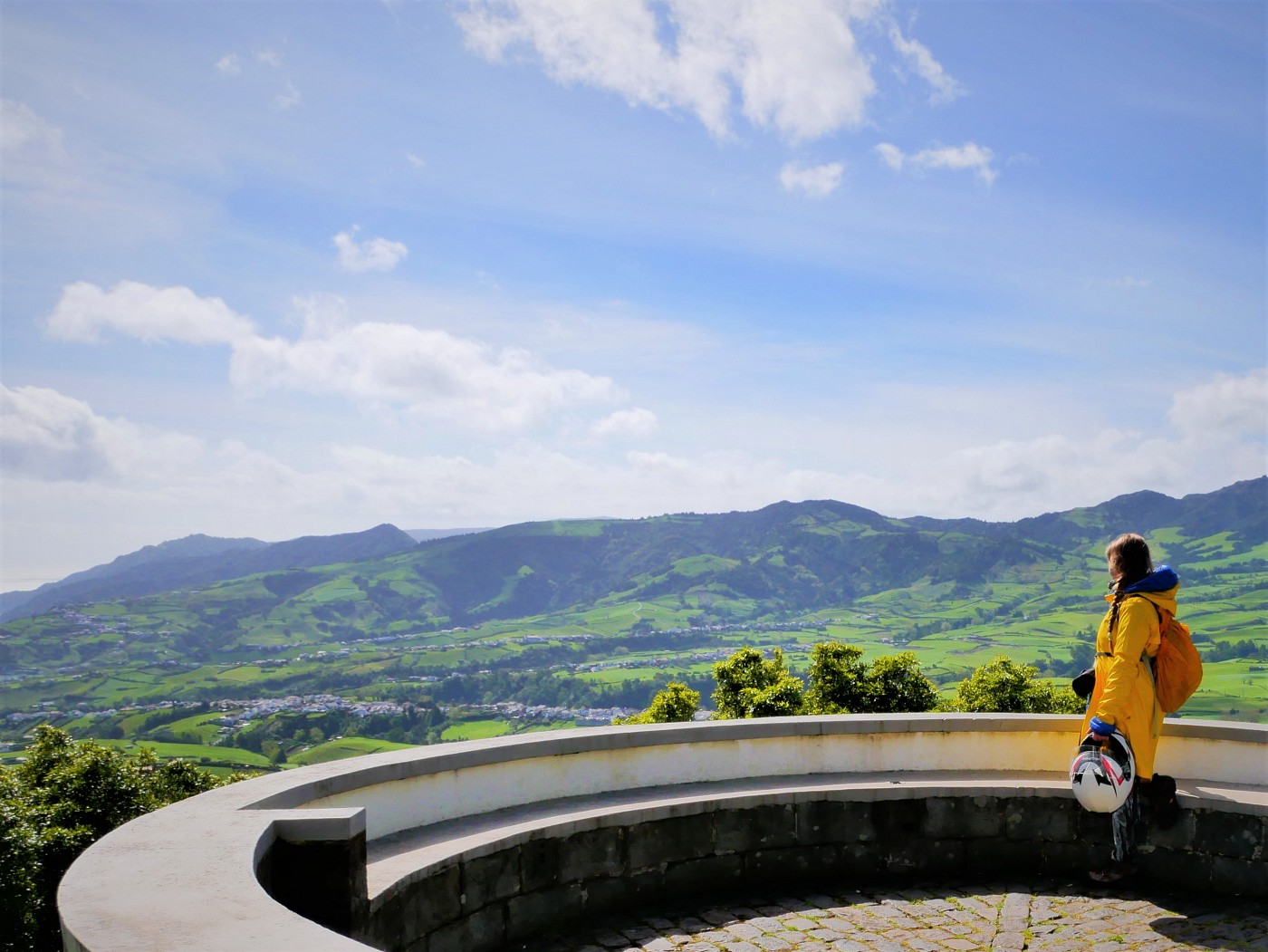
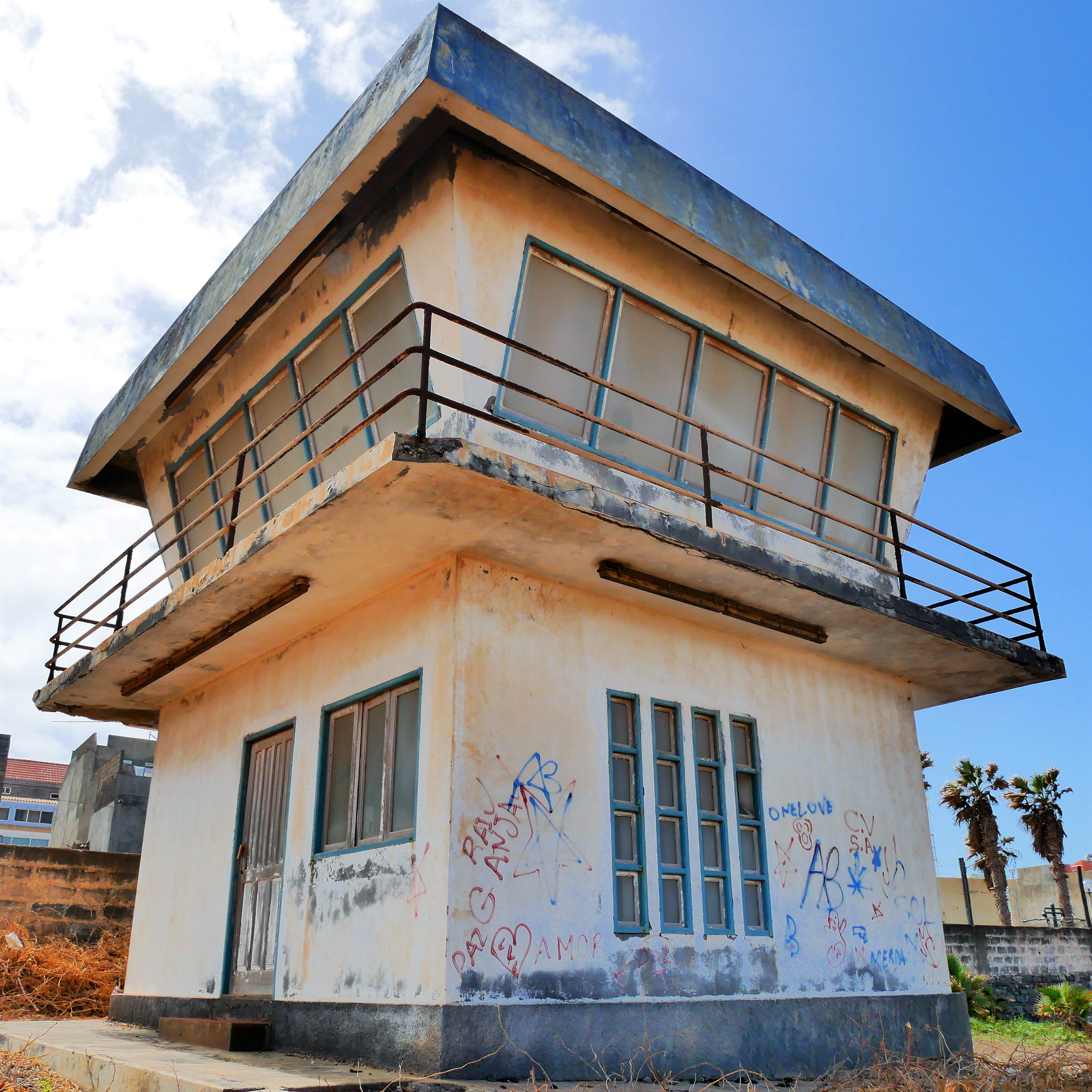
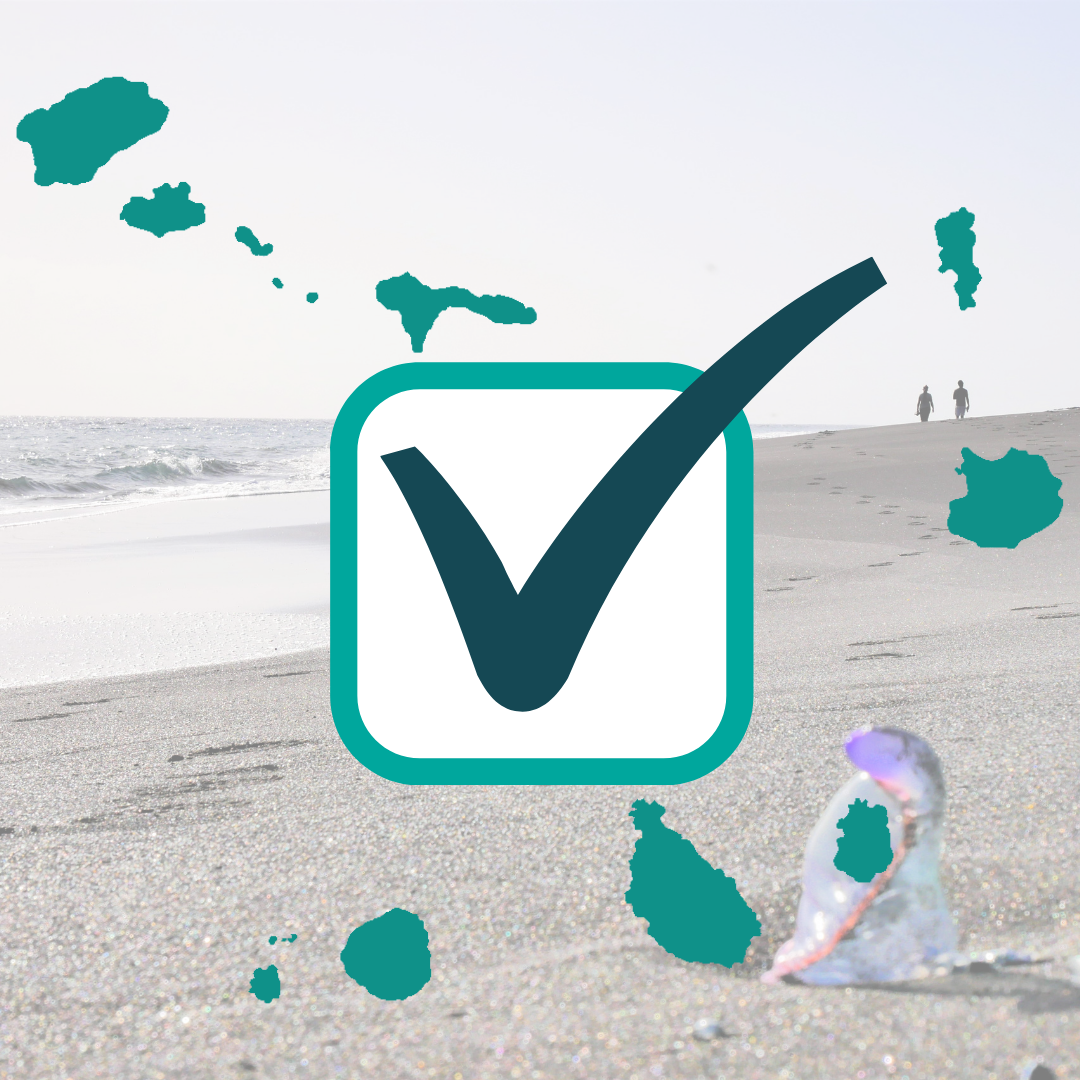
I pkane to visit Cabo Verde late rin the year and I got some good tips to organize my trip
Hey Dzangir! Happy to hear you found something useful on my site. I wish you a pleasant trip to Cabo Verde. Enjoy!